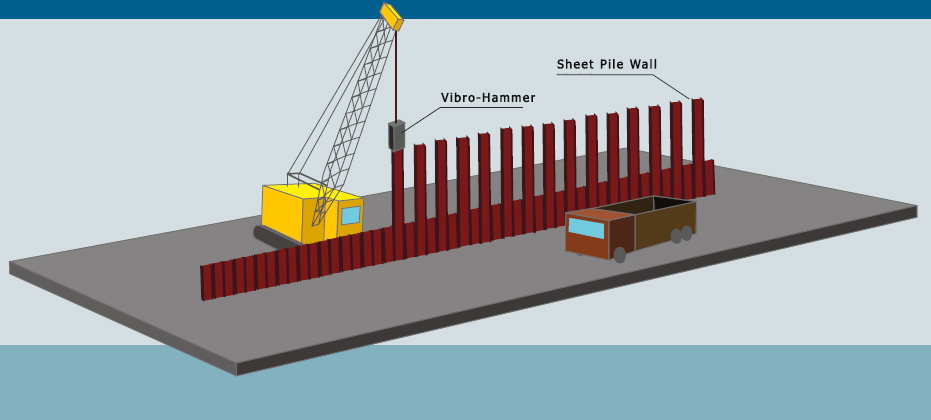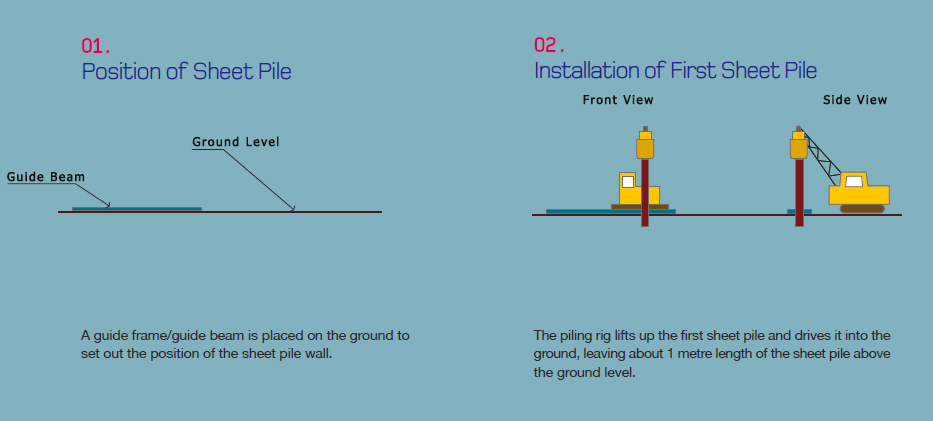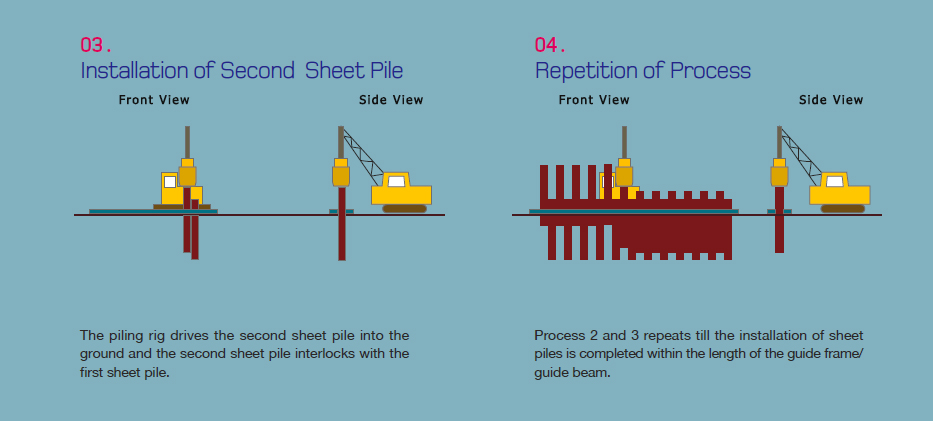- Steel sheet piles are resistant to high driving stresses
- They are lighter in section
- They can be used several times
- They can be used either below or above water and have long life span
- Suitable joints can be provided to have a continuous wall
- The pile length can be increased either by welding or bolting.
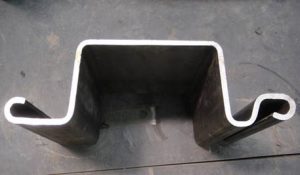
Reinforced concrete sheet piles are precast concrete members, usually with a tongue and groove joints. Typical section of the RCC sheet pile is shown in figure below. These piles are relatively heavy and bulky. They displace large volumes of solid during driving. This large volume displacement of soil tends to increase the driving resistance. Due to this reason, suitable reinforcement is provided considering large driving stresses.
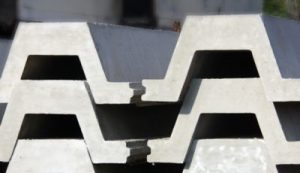
Sheet piles are often connected together in pairs and installed using one of three methods:
- Vibration: this is the most common method. The first sheet pile of the wall is installed into the ground. A vibratory hammer with clamp is attached to the top of the second sheet pile, which is then interlocked with the first sheet pile, and the sheet pile is vibrated into the ground.
- Pressing: sheet piles can also be pressed into the ground when noise hindrance and vibration would otherwise cause problems. This, however, takes longer and is expensive. The sheet piles are pressed into the ground by a hydraulic machine.
- Excavation: sheet piles can also be excavated into the soil. A long trench is excavated which is then filled with cement bentonite (a thin concrete slurry) to prevent the walls from collapsing. The sheet piles are then installed in the trench and the cement bentonite is allowed to set
Steel sheet piling is the most common because of several advantages over other materials:
- Provides high resistance to driving stresses.
- Light weight
- Can be reused on several projects.
- Long service life above or below water with modest protection.
- Easy to adapt the pile length by either welding or bolting
- Joints are less apt to deform during driving.
Sheet pile wall disadvantages are:
- Sections can rarely be used as part of the permanent structure.
- Installation of sheet piles is difficult in soils with boulders or cobbles. In such cases, the desired wall depths may not be reached.
- Excavation shapes are dictated by the sheet pile section and interlocking elements.
- Sheet pile driving may cause neighborhood distrurbace
- Settlements in adjacent properties may take place due to installation vibrations
Some Shapes of Sheet Pile
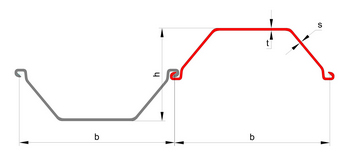
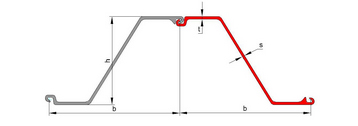

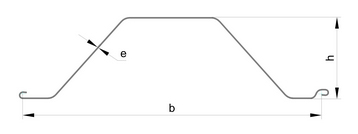

Construction of Sheet Pile wall
